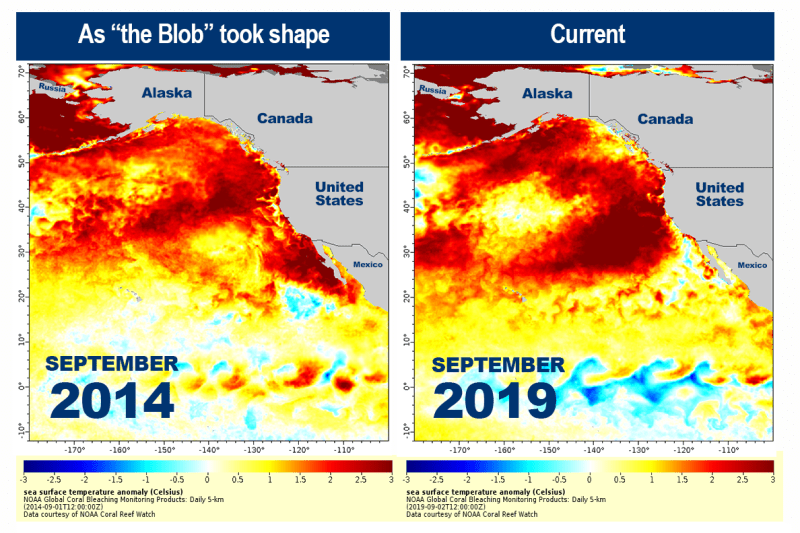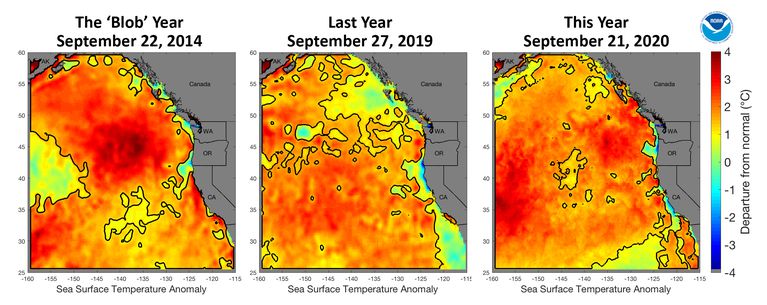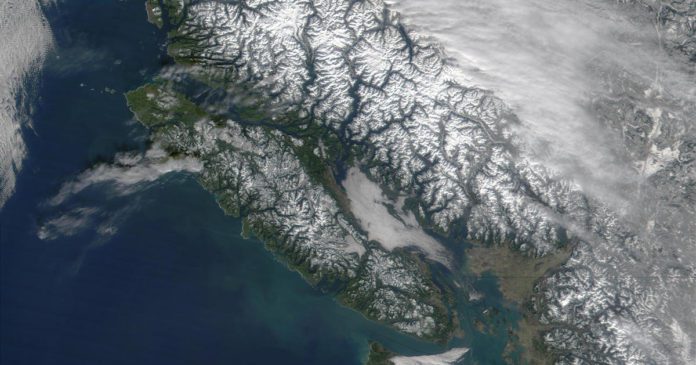According to a December 2021 report by the U.S. National Oceanographic and Atmospheric Administration (NOAA), the 2021 North Pacific Ocean indicators are the second best since 1998. The data comes from the Northwest Fisheries Science Center, which has tracked ocean indicators since 1996. The center has monitored “ocean environment conditions off Washington and Oregon, interactions with the California Current and how ocean conditions affect fisheries with a focus on salmon.” In 2020 the same assessment noted the beginning of a positive shift in North Pacific conditions from previous years.
They used a suite of data broken into three categories, with a number of data subsets in each category. The categories were:
- Climate & Atmospheric
- Local Physical
- Local Biological
The sub-sets, totaling 16, were ranked on a color-coded scale from green to red. Green means good, yellow means fair, and red means poor.
Other data was also assessed, such as the presence of any anomalies within the nutrient-bearing cold water upwelling along the Pacific continental shelf.

This data captures year-to-year trends, such as the recent warm water incursions far into the North Pacific Ocean. This became known as The Blob, but it was actually a series of events. It began in 2013 and affected ocean productivity and salmon survival rates until 2017. In 2018 it retreated, only to return in 2019 when it was named the Blob 2. Fortunately this incursion dissipated, after a number of significant North Pacific storms, before its potential effects were realized.


Does this positive shift in the marine environment auger well for salmon? History suggests it should, at least by providing improved rearing conditions for juvenile salmon that are already on the ocean feeding grounds.
However, the data does not include adverse impacts that occur on land, such as droughts, flood events, natural disasters, or habitat and pollution damage caused by human activity. Regardless, it is a concrete sign that nature, at least, may be providing some help to accelerate struggling salmon stock recoveries.






